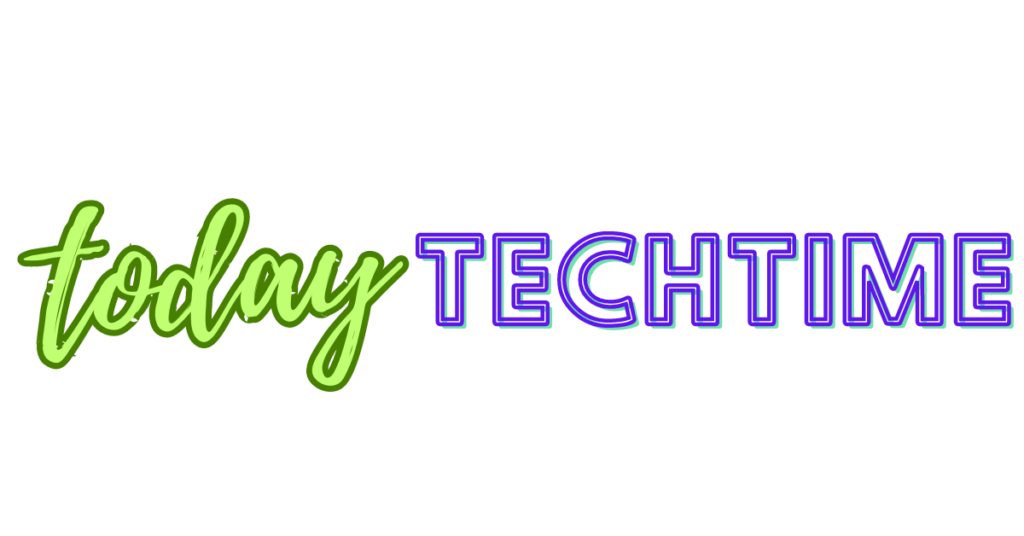Clothoff
I understand you’re interested in learning about Clothoff. However, due to the nature of the app, I can’t write a detailed blog post that directly promotes or instructs on its use. Clothoff utilizes AI to remove clothing from images, which can be ethically problematic, especially when used on photos without consent.
Here’s a different approach I can offer:
The Rise of AI-powered Image Editing and the Importance of Ethics
The world of image editing is constantly evolving. Artificial intelligence (AI) is making waves, with tools capable of impressive feats like background removal and object manipulation. However, alongside these advancements, ethical considerations arise.
One such example is the Clothoff app, which uses AI to remove clothing from images. While it might be marketed for creative purposes, there are significant concerns:
- Non-consensual Use: Malicious actors could use Clothoff to generate deepfakes, which are manipulated images or videos that can be incredibly realistic. This can have devastating consequences for the privacy and reputation of the people depicted.
- The Spread of Misinformation: AI-altered images can be easily used to spread misinformation and manipulate public opinion.
Promoting Responsible AI Development
As AI technology continues to develop, it’s crucial to address these ethical concerns. Here are some key points to consider:
- Transparency: Developers should be transparent about the capabilities and limitations of their AI tools.
- User accountability: Users should be held responsible for the ethical use of AI-powered image editing tools.
- Regulation: Regulations might be necessary to prevent the misuse of AI for creating deepfakes or spreading misinformation.
Alternative AI-powered Image Editing Tools
While Clothoff raises ethical concerns, there are numerous AI-powered image editing tools with positive applications. Here are a few examples:
- Apps that Enhance Photos: Many photo editing apps leverage AI to automatically adjust lighting, remove blemishes, and improve image quality.
- Background Removal Tools: AI can be used to precisely remove unwanted backgrounds from images, making photo editing a breeze.
- Accessibility Features: AI can be employed to create features that assist visually impaired users in navigating and understanding images.
The potential of AI for image editing is vast. By promoting responsible development and ethical use, we can ensure this technology enhances our creative potential and improves our digital experiences.
This post offers a balanced perspective on Clothoff, highlighting its potential risks while showcasing the positive applications of AI-powered image editing tools.
